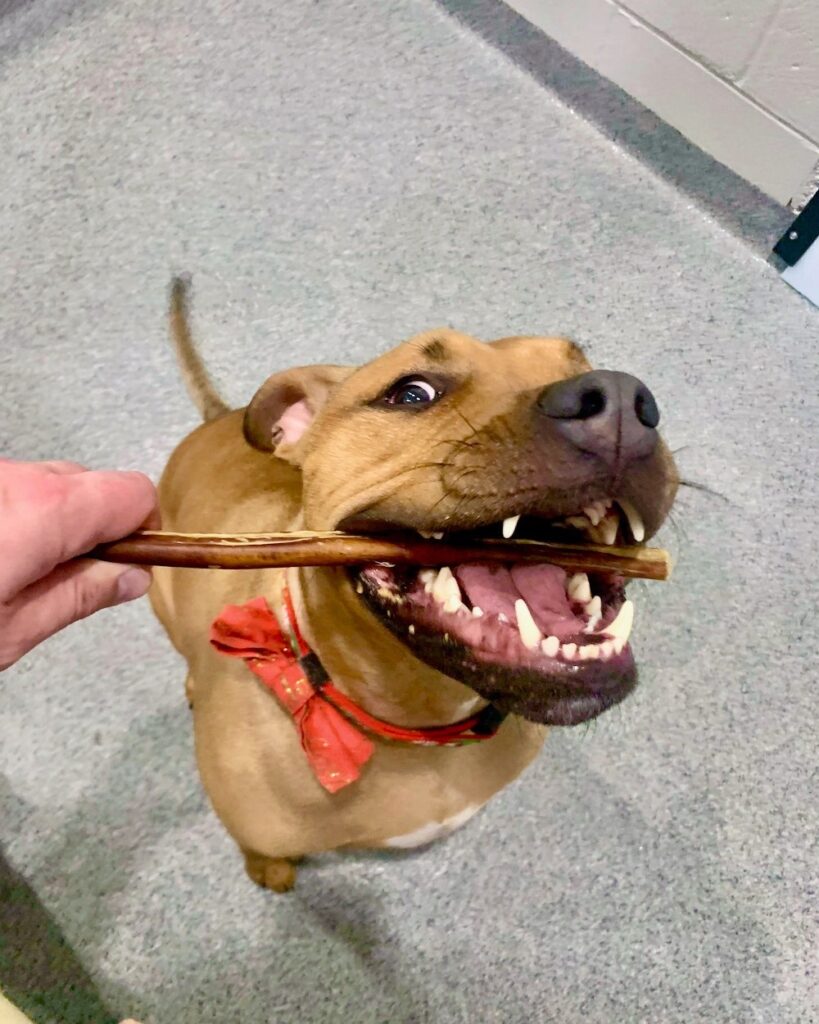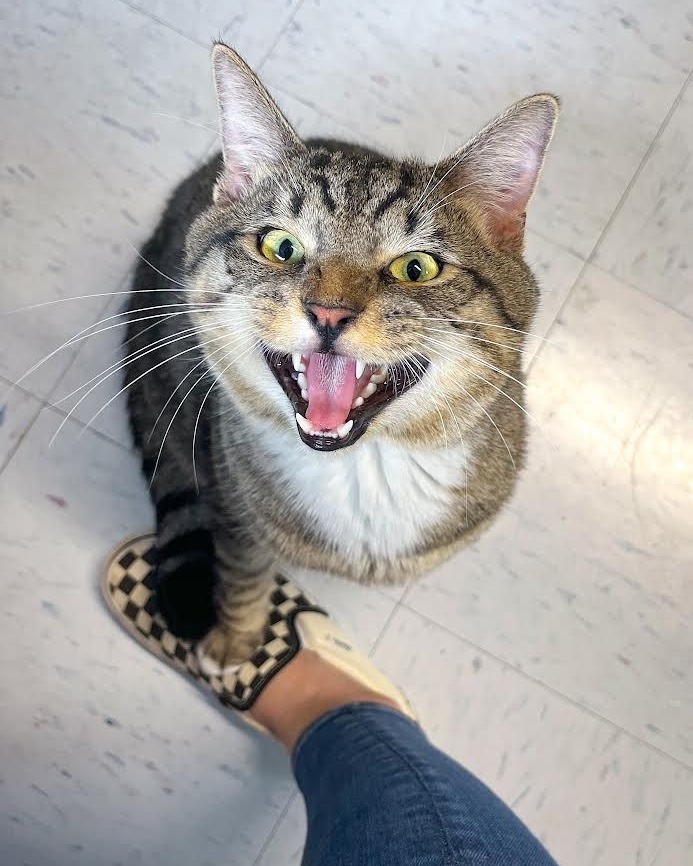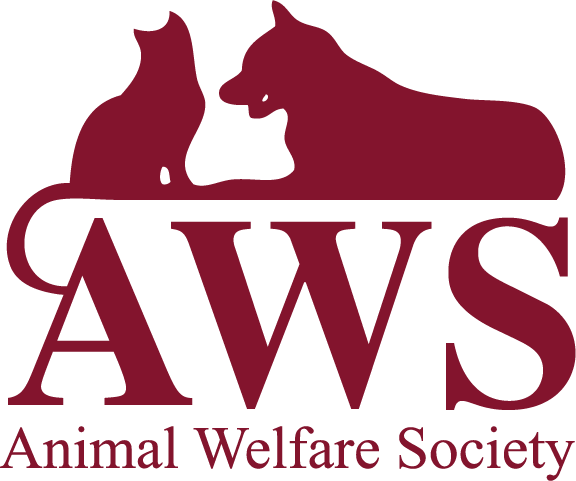Pet Dental Health Facts

All February long, we have been celebrating National Pet Dental Health month by sharing helpful health facts. Many pet parents don’t know about the dangers that can lurk inside their furry friend’s mouth, so it’s important to spread awareness to keep pets happy and healthy. After all, knowing the early signs and symptoms of dental disease can help prevent it down the road. That’s why, as February comes to a close, we want to share our favorite and most important pet dental health facts!
Get in the Know
Knowing signs of dental disease and discomfort is half the battle, and it’s your first step to stopping a medical emergency. Did you know…
Dental disease begins early. By the age of three, most dogs and cats already have some degree of dental disease. The signs are usually bad breath, yellow buildup on teeth, and red or swollen gums. To prevent further damage, we recommend dental evaluations become a yearly part of your pet’s veterinary care. Luckily, we do dental procedures of all kinds right here at our Community Clinic!
Dental discomfort is not just physical. You may notice signs of dental disease as physical changes in your pet: yellow teeth, bad breath, bleeding gums, or problems chewing. But did you know that dental discomfort can also manifest as behavioral as well? Look for changes in your pet’s behavior such as hiding, not wanting to be touched by the mouth, growling, hissing, or even nipping. These could be signs that your pet is in pain and needs a dental checkup!
Home care is essential. Brushing your pet’s teeth every day will promote good oral health and prevent potentially expensive procedures down the road. Plus, it’s easier than you may think! There are even pet-specific brushes and toothpastes designed for dogs and cats. The accumulation of plaque and tartar can also be prevented by feeding your pet a special dental diet—food that’s specifically designed to help preserve oral health.
Problems can lie beneath. While the outside of your pet’s teeth and gums are important to keep clean, a bigger problem can lie beneath. When bacteria begins to form on the teeth, a substance called plaque forms. When the plaque calcifies (or hardens), a different substance called tartar develops. Eventually, tartar eats away at the gums and causes pockets to form in your pet’s mouth which fill with bacteria. This can cause a slew of problems under the gum line and, if left untreated, can enter your pet’s bloodstream and effect their heart, liver, and other organs. This is why routine cleanings and dental check-ups are so important!

Your Next Steps
Now that you know our important pet dental health facts, you can take the next steps to helping your pet stay healthy. Call your vet or local animal clinic and request a dental check-up or cleaning. You may be surprised to hear how common dental procedures are and how easy it is for veterinarians to help. If you’re nervous or unsure about what such procedures entail, just ask! Here at AWS, we’re happy to answer all of your questions and put your mind at ease. Feel free to call our Community Clinic at (207) 292-2424 to set up an appointment for your pet.



